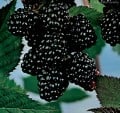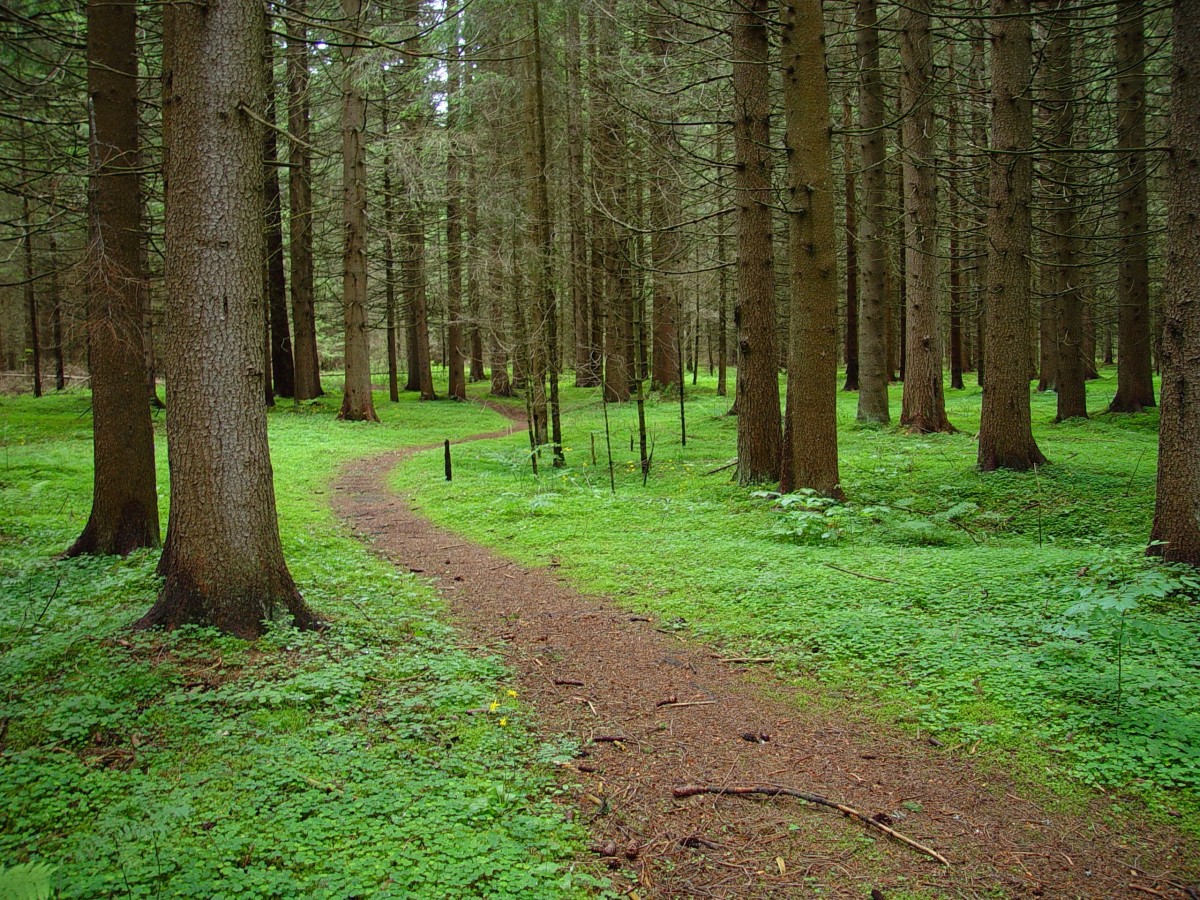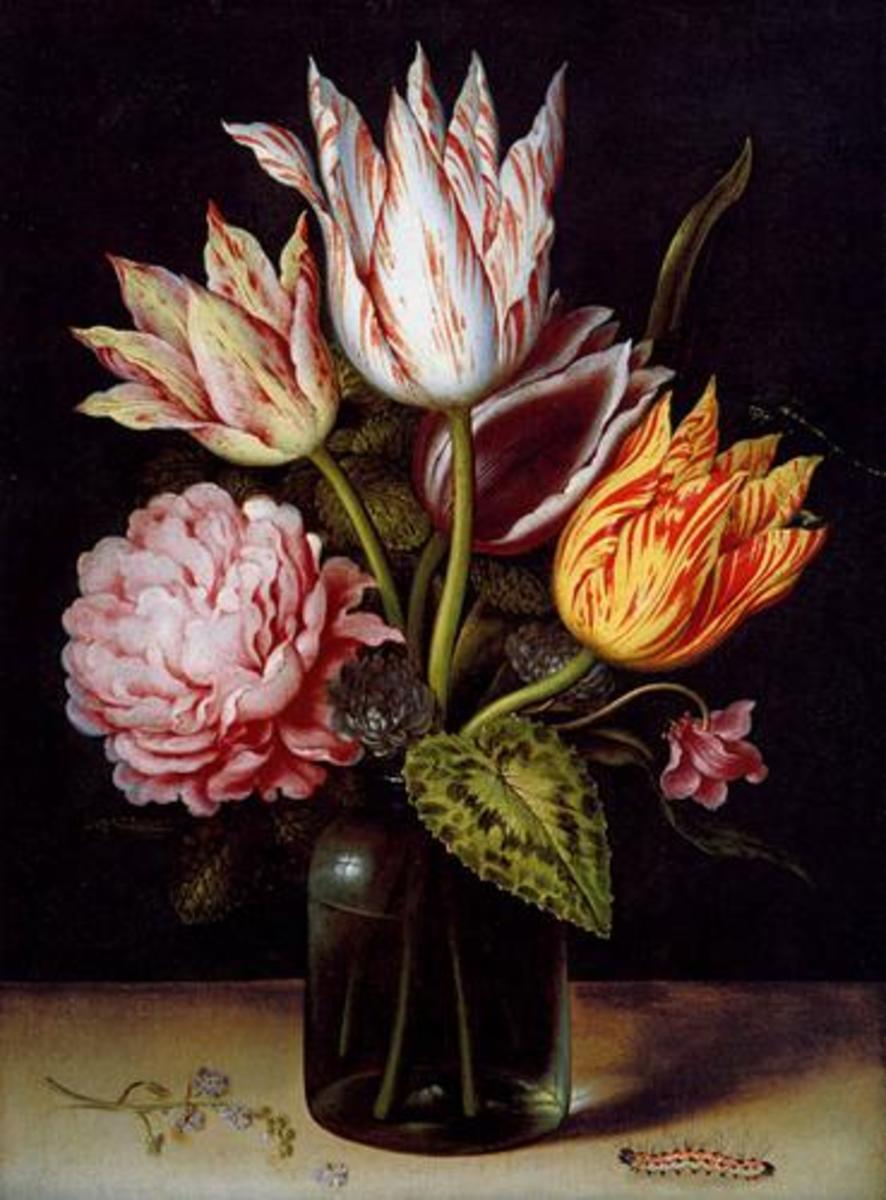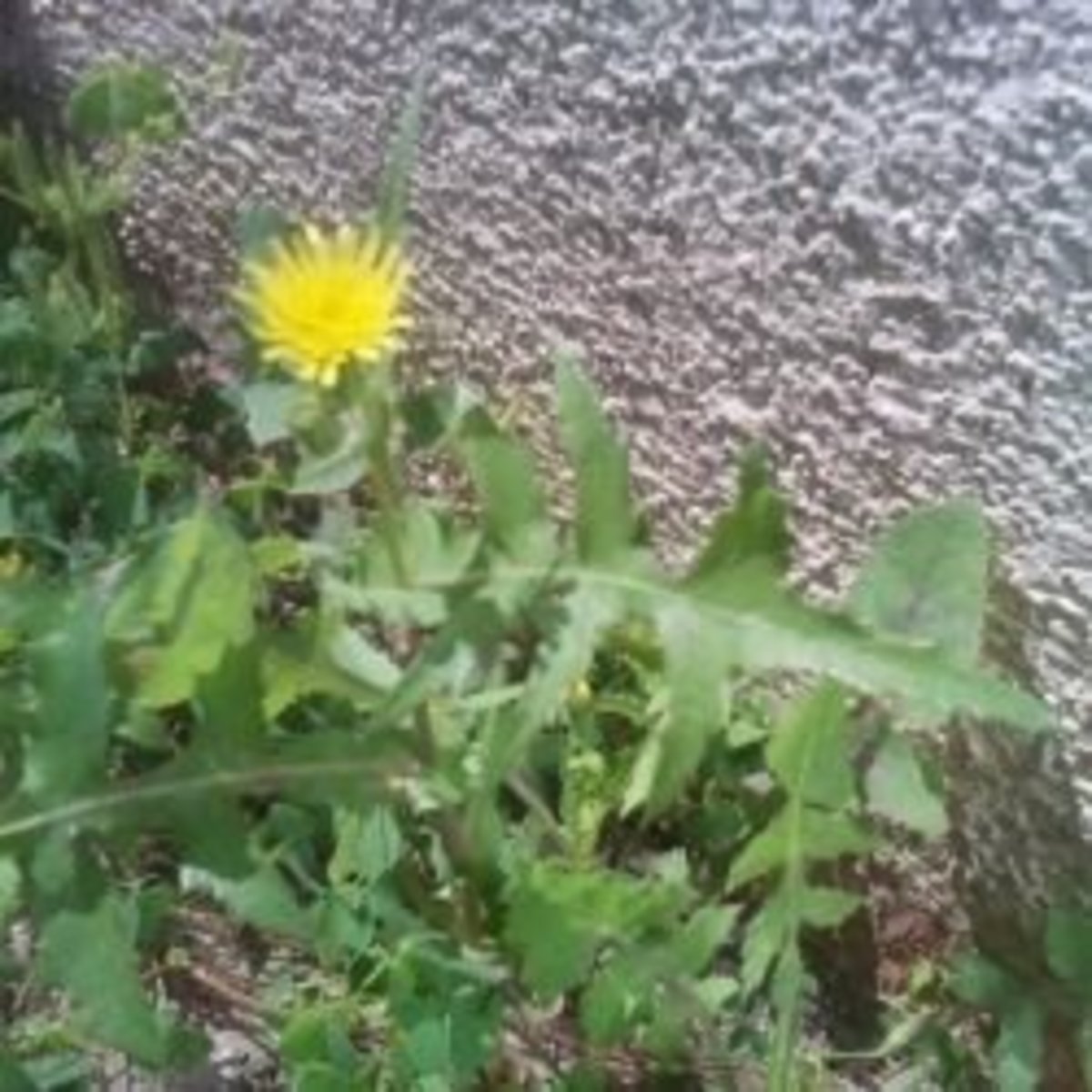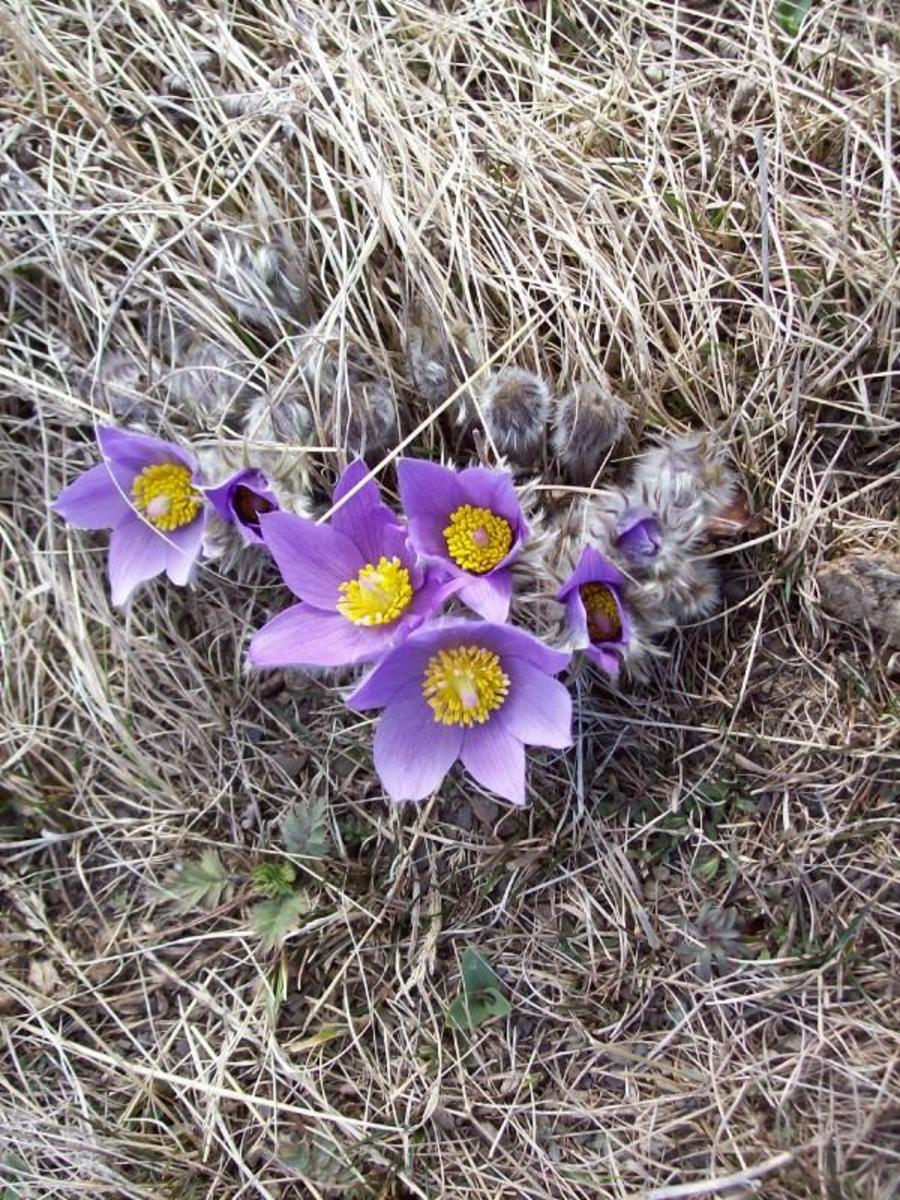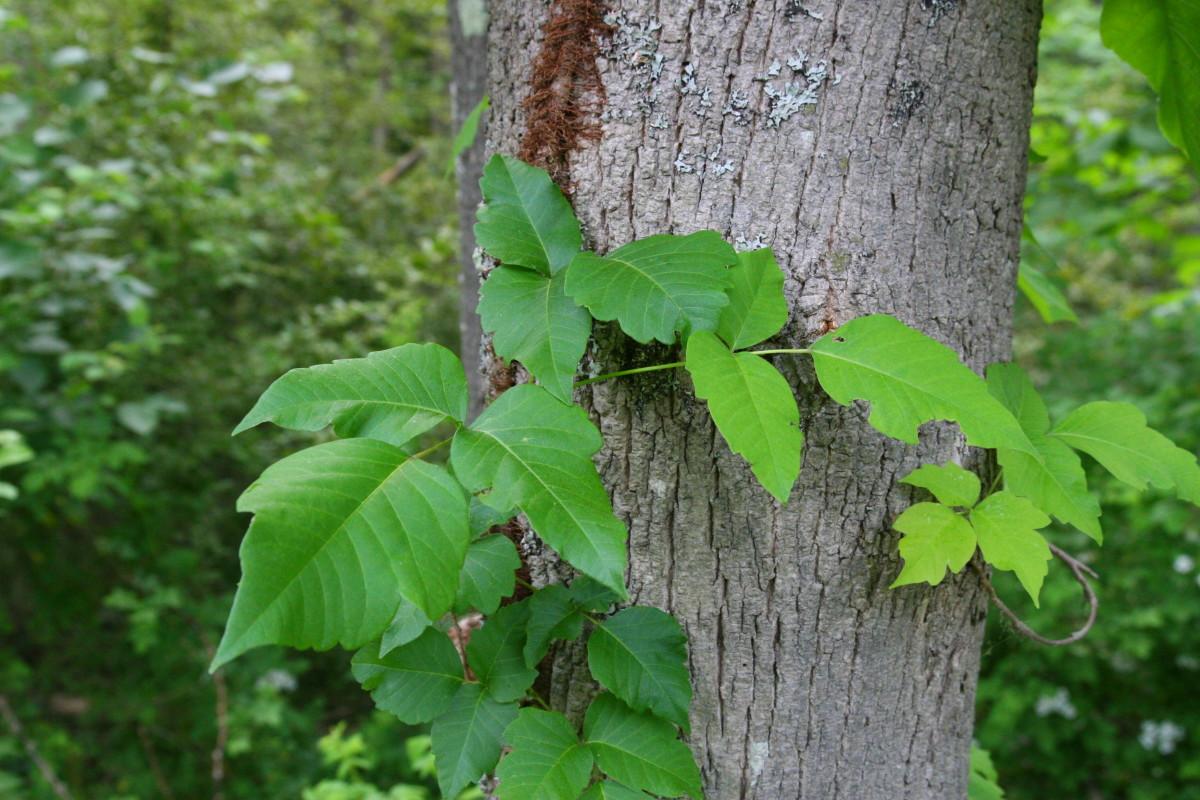Autumn foraging for fruit, nuts and wild mushrooms
Autumn is great for foraging for fruit and fungi
Autumn is the season in which the forager cannot fail to find plenty of wild foods to collect and enjoy a pleasurable country ramble at the same time. As the leaves of trees and bushes change from summer green to shades of reds and gold before they drop, a whole range of fruit and nuts become ripe and ready for harvest.
Autumn fruit and nuts
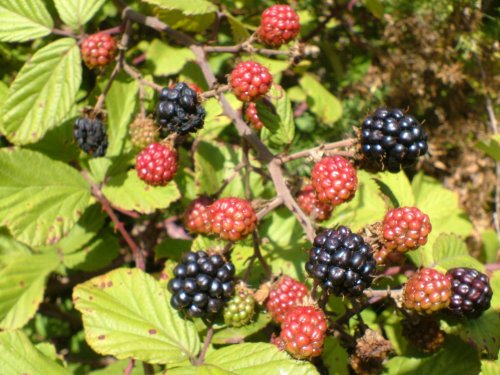
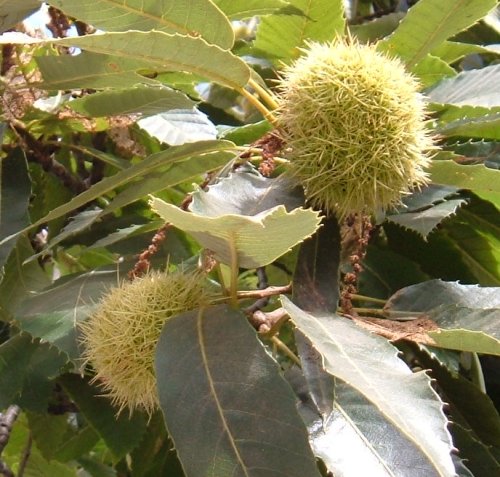
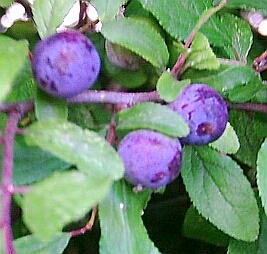
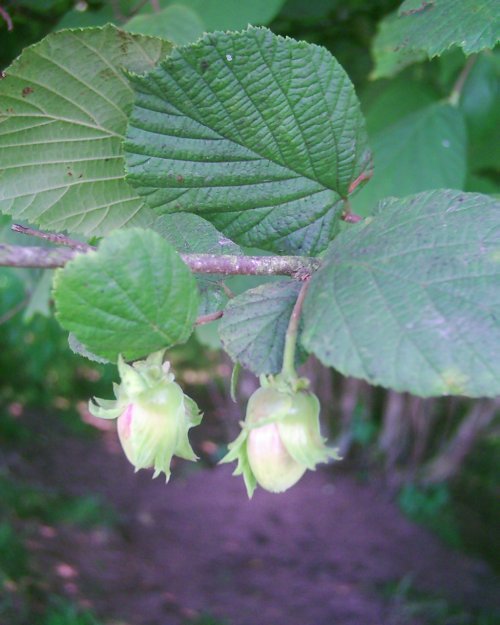
Autumn fruit, nuts and wild mushrooms
Blackberries (Rubus fruticosus) are commonly found growing in hedges, woodlands and on hillsides and heaths and they are ready to pick from late August onwards. Wild blackberries always seem to have a much better flavour to cultivated varieties and are well worth gathering to make delicious pies, puddings, jams, jellies and wine.
Rosehips will be an orange-red when ripe and are easy to spot in hedges. This fruit of the common Wild Rose (Rosa canina) is one of the best sources of Vitamin C and has been used commercially to produce rosehip syrup. Rosehips when dried are good prepared as a herb tea and are included in many fruit tea varieties on sale in health shops.
Haws from the Hawthorn (Crataegus monogyna) are found in vast numbers on this common tree that earlier in the year delighted us with its May-blossom. They can be eaten fresh if you get rid of the stone, or made into jelly, which Richard Mabey recommends in Food for Free, to be made by simmering the haws with a few crab apples, and then eaten along with cream cheese.
The Crab Apple (Malus sylvestris) can often be found in hedges and woodlands and can be collected as late as November and December. This small tree is the ancestor of all cultivated varieties of the popular fruit and although it is often very sharp and unpalatable it has many uses, including being used to make jellies and cider.
In locations where you will find all the wild fruit described so far you are also likely to encounter the Sloe or Blackthorn (Prunus spinosa) and, just like the Crab Apple, it is the ancestor of the cultivated varieties we enjoy today, although in this case we are talking about plums and not apples. Sloes are far too acid to eat but they are another good ingredient for making jelly and are famed for their use in the production of that potent liqueur known as sloe gin.
To make sloe gin you collect about one pound of fruit, preferably after the first frost, which softens the skins so the flavour and colour can ooze out. If they haven't been subjected to frost they need pricking with a skewer before they are mixed with an equal weight of sugar and then put into bottles topped up with gin and sealed. The bottles need to be shaken occasionally and the sloe gin is ready to drink after about two months.
Speaking of alcoholic drinks, an autumn fruit that is excellent for making wine is the Elderberry (Sambucus nigra) and it is easy to gather plenty of the clusters of juicy blackberries that are often so plentiful they weigh down the branches causing them to bend. Elderberries can be combined with blackberries in jelly and are excellent in moderation added to apple pie to which they will impart both their flavour and colouring.
As well as all these fruits there are nuts that can be easily gathered in quantity and a very good thing about them is the fact that they store well, as well as being useful for a wide variety of dishes. The Hazelnut (Corylus avellana) is best picked in September when you should be able to find plenty of ripe ones that have turned from green to brown.
Hazelnuts can often be seen on the ground beneath the small trees or bushes they have grown on and if they are recent windfalls they are likely to be good for eating purposes. If the nuts have been left lying on the ground for some time and haven't been gobbled up by squirrels and mice they tend to rot inside and are not worth gathering so get them while they are fresh.
You should also be able to spot others that are still on the branches in bunches of two or three but be careful picking them because they fall at the slightest touch and can vanish in the undergrowth.
Sweet Chestnuts (Castanea sativa) are found a bit later on in October and November under the trees they have grown on in parks and woods. They will be discovered amongst the fallen leaves and may still be contained in the green prickly outer husks, which you will need to prize them out of.
Chestnuts are good eaten raw, baked or roasted, pickled, stewed or made into purée. Apparently chestnuts boiled with brussel sprouts were a favourite food of the German poet and playwright Goethe.
Neither a fruit nor a nut but worth collecting and likely to be found on an autumnal forage is the Hop (Humulus lupulus), which is really the female cone-like flower of the plant. Hops grow in hedgerows and clamber up small trees, fences and poles.
Hops are ready to pick by mid-September and as well as being a main ingredient for making homemade beer, they can be dried and used to stuff a herbal pillow to help in getting a good night's sleep.
As well as all the wild foods you can gather from bushes and trees and hedgerows, autumn is the time when fungi appear all over the place in abundance and you are sure to come across many types. There are lots of edible species that an experienced mushroom picker can collect but because there is the very real danger of identifying a fungus wrongly it is perhaps best to stick to unmistakeable types.
In clearings in woods you may find the Edible Boletus (Boletus edulis), also known as Penny bun or Cep, and this delicious wild mushroom looks like the food it is named after. The thick cap is up to six inches across and is brown in colour and underneath it is a spongy layer of tiny yellowish tubes, which is a characteristic that other species in the boletus family share. The stem is short and fat and a pale brown colour streaked with white.
Ceps are a very popular edible wild mushroom but insects enjoy them too so always make sure that any you find are not infested with maggots before you cook them. To prepare Ceps remove the stem and spongy pores and slice the cap into pieces, which can then be fried or grilled. Ceps keep well when dried too and are often included in wild mushrooms mixtures available from delicatessens.
There are a few other species of boletus such as Satan's Boletus (Boletus satanas), which are poisonous, but the types to be avoided have conspicuous red or purplish colouration in the stems and pores warning you not to eat them.
Another fungus that is easy to spot and identify, and is so good to eat that it would be worth going out to look for this alone, is the Parasol Mushroom (Lepiota procera), which grows to as much as seven inches across the cap that is carried on a tall slender stem. The parasol part starts off closed around the stem and held in place by a large white ring but as the mushroom grows it gradually unfurls and opens up like an umbrella. The Parasol Mushroom is found as late as early November in fields, on roadsides and in grassy places, and if you are lucky there will be more than one.
Remove the stems and then fry or grill the caps or use in any dish you would use ordinary mushrooms. Young Parasol mushrooms can also be filled with sage and onion stuffing.
One of the joys of autumn foraging is being able to return home with some wild foods ready for eating the same day such as blackberries and the types of edible fungus described here but also having others that can be stored to be enjoyed perhaps in the cold winter months ahead. Not only that, but jars of jam and bottles of homemade wine make wonderful presents that once were a seasonal gift from Mother Nature.
Footnote: First published in Permaculture Magazine no. 49, Autumn 2006



